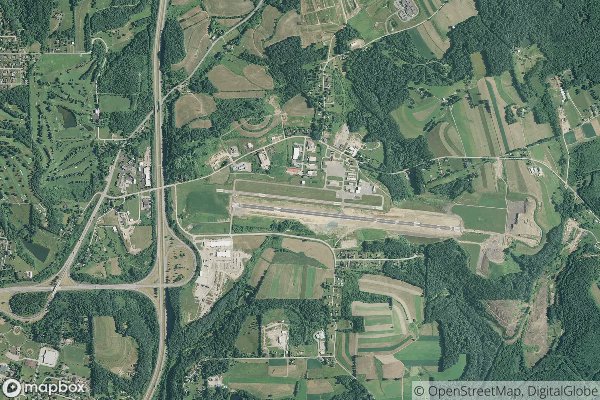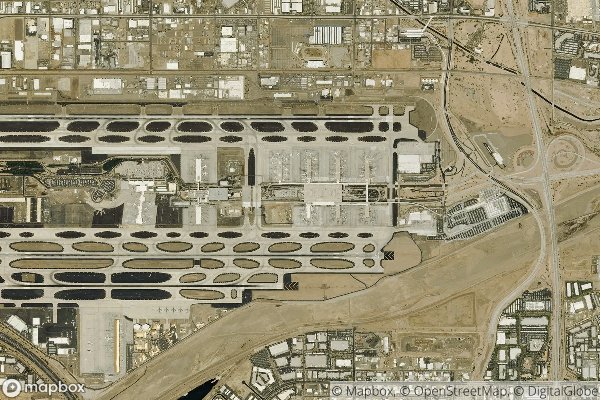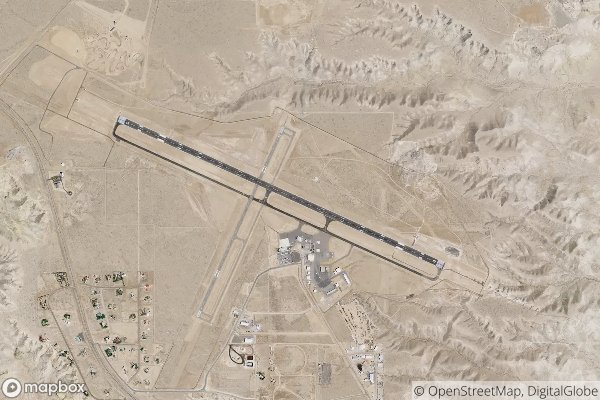| Code | ATL/KATL |
| Name | Hartsfield-Jackson Atlanta International Airport |
| Location | Atlanta, Georgia, USA |
| Major Airlines | Delta Air Lines, Southwest Airlines, American Airlines |
| Facilities | Concourses, lounges, shopping, dining, rental car services |
- See here the complete List Of All Airports In United States with Codes.
Understanding ATL/KATL Airport Code (Structure of Airport Codes, Challenges and Confusions)
When it comes to traveling and navigating airports, there are a lot of codes that passengers encounter. One of the most commonly used codes is the three-letter airport code, which is used to identify airports around the world. These codes play a crucial role in aviation operations and can sometimes be a source of confusion for passengers.
Decoding Airport Code
Deciphering the meaning behind airport codes can be quite interesting. For example, the ATL/KATL airport code refers to Hartsfield-Jackson Atlanta International Airport, the busiest airport in the world. The “ATL” stands for Atlanta, while “KATL” is the International Air Transport Association (IATA) code and is used as the location identifier for the Federal Aviation Administration and International Civil Aviation Organization.
Operational Significance
The ATL/KATL airport code is of great significance in aviation operations. It is used by pilots, air traffic controllers, and airport staff to quickly and accurately identify the airport. This code is also used in flight planning, air traffic control, and navigation systems, making it an essential component of air travel.
History of Airport Codes
The use of airport codes dates back to the 1930s when the International Air Transport Association (IATA) introduced the two-letter system to identify airports. As air travel expanded, the need for a more comprehensive coding system became apparent, leading to the adoption of the three-letter system that is widely used today.
One challenge with airport codes is that they are not always intuitive. While some codes are derived from the name of the city or airport, others may seem unrelated. This can lead to confusion for passengers, especially when traveling to unfamiliar destinations.
To mitigate this confusion, some airports have adopted more recognizable codes that align with their names. For example, London Heathrow Airport’s code is LHR, which is a logical abbreviation of its name. However, not all airports have such clear and concise codes, adding to the challenge of deciphering them.
While airport codes may seem random, they serve a crucial purpose in the world of aviation. Understanding their structure, significance, and history can provide insight into the complexities of air travel and the systems that support it.




